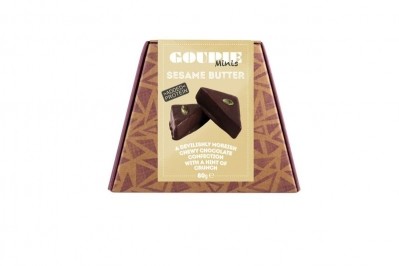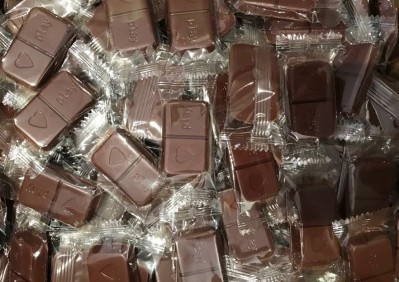ProSweets 2018 review
‘Don’t ditch the plastic just yet’
However, not all plastic packaging is bad – depending on the layers of film used it can be recycled in some cases, it extends shelf life and can be used to transport food to a wider geographical region.
ProSweets 2018
According to experts, some of the problems are more to do with consumer education and informing manufacturers about the right price points for them and the redesign of the packaging itself to be more environmentally-friendly.
ConfectioneryNews recently held a panel discussion on the topic at ProSweets 2018 in Cologne, Germany, (January 29) entitled ‘How to use lightweight packs & recyclable materials in confectionery’
We caught up with the guest speakers after the session to hear what they had to say on the subject and the overriding theme was ‘Don’t ditch the plastic just yet’.
Tom Egan, vice president, PMMI (The Association for Packaging and Processing Technologies) confirmed all the different packaging materials serve a particular function for a product going into the marketplace.
“We can say as a single point you must eliminate all plastic packaging but the reality is the properties of the plastic protect the product, whether it’s their freshness or to safely get it to the consumer,” he said.
Foils, embossing & inks
“To make the statement plastic packaging should be eliminated is a bold statement because there can be alternatives. There may be new technologies becoming available, and as you develop packaging you need to look at the time it will take to ramp up because it currently might only be available in the laboratory or on a small scale.”
Stefan Kranz, sales director, Metsä Board, said lightweighting gives us the possibility to decrease packaging waste helping the industry to reduce the impact of packaging material and waste generated out of it, for the whole supply chain.
“In confectionery, there is a clear focus on the visibility and surface of the material they use because manufacturers want to use a high finishing with foils, embossing and inks,” he added.
“In this instance some manufacturers feel that they don’t want to use lightweight packaging because it isn’t strong enough and doesn’t have a tactile feel. But this is not true and it is still possible to produce products lightweight packaging."
Grace Simpson, brand manager of Goupie, which makes chewy chocolate confectionery in the UK, said it uses 100% recyclable packaging but it has received criticism on the way their chocolates are presented.
The firm sells the pieces enclosed in a loose polypropylene (PP) plastic pack but some feedback from consumers has asked for individual flow wrapped pieces of chocolate.
“It is hard to find a flow wrap manufacturer which you can afford, the material doesn’t have the same shelf life and it isn’t always recyclable. There are lots of things the consumer isn’t aware of,” she said.
ITENE research center
Jesús Martin, key account manager ITENE (Packaging, Transport & Logistics Research Centre) based in Spain has a team of researcher who try to improve the barrier properties of biopolymers and regular polymers.
“We can move from multi-layer to mono-layer materials or reduce the number of layers within a packaging,” he said.
“We recently developed a bio active layer of packaging for dry food, chocolate and coffee, with a two-year shelf life. It’s a very thin mono-layer which you can easily print on.”














